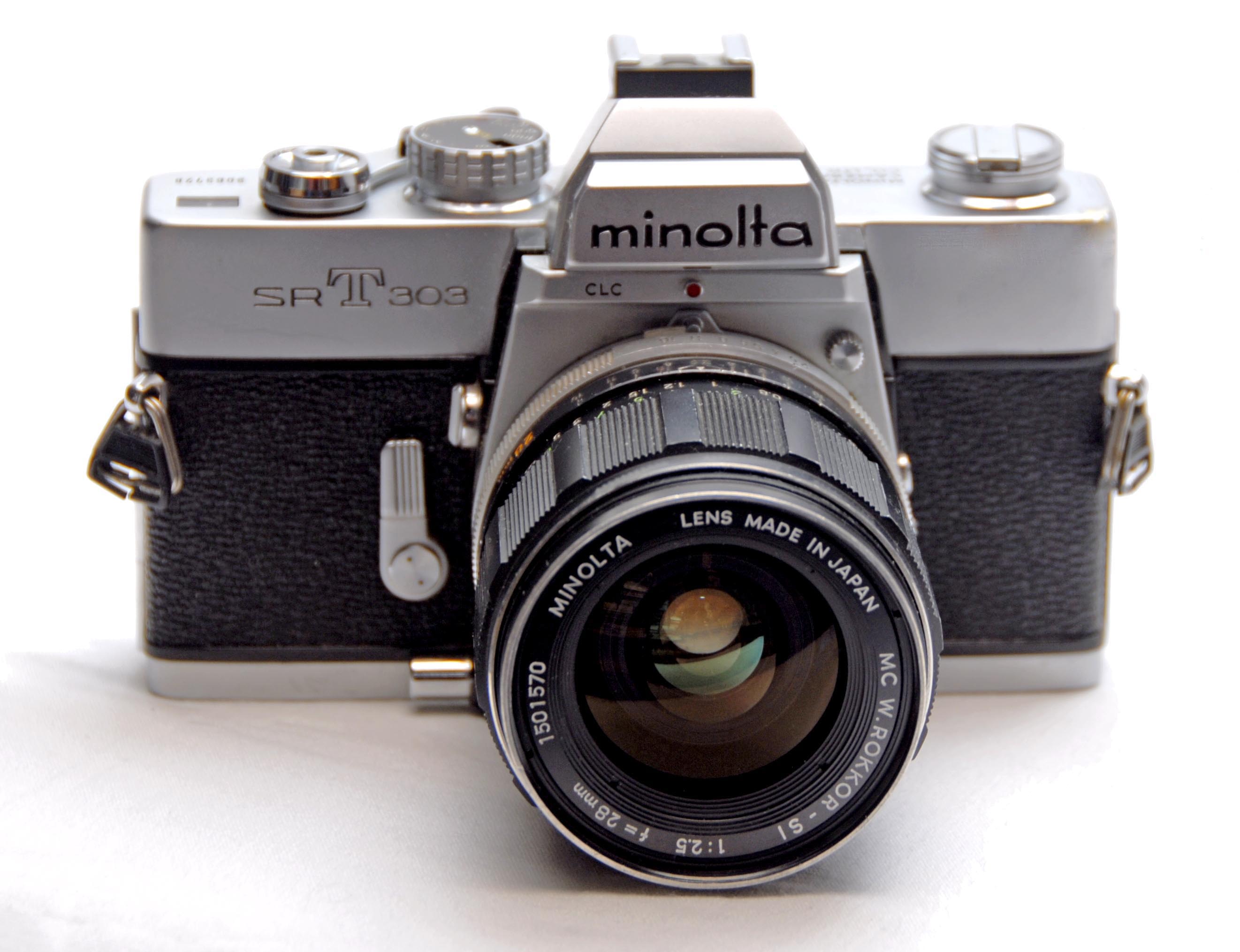

It’s always disconcerting to move one way while the viewfinder image moves the other. I found it harder to use for action because of the reverse image in the viewfinder. It is an excellent candid or street portrait camera, great for working thoughfully. You have to shoot to its stengths, you can’t pick a style and bend the camera to it so easily. Like all older cameras it has a narrower set of applications than a modern DSLR but it is none the worse for that. It is ergonomically very sound, and performs superbly. The Minolta Autocord is one of these cameras. One of the great things about all-manual cameras is that they have no modes or gimmicks, and this offers you a kind of creative clarity. I’m not sure you could get away ith that now!Ī good camera gets out of your way while you make great pictures. The Minolta was described as ‘fully automatic’ in the 50’s. The drawback with this is you can no longer put the camera upright on a flat surface. I like to have a strap for extra security so I use a wrist strap that screws into the tripod. I was unlucky enough to have the second type. A standard type where a strap can just loop through, and a Minolta specific type which will only accept a type of strap that pretty much doesn’t exist anymore. Minolta Autocords sport two types of strap lugs. My camera also features a self timer, a standard tripod socket, and a shutter locking ring.
Photos from my minolta autocord Pc#
There is a cold shoe on the side for fitting a flash but you will still need to connect a PC cable for the flash to work. The Minolta Autocord has a PC socket and can switched between X-Sync for electronic flash, and M-Sync for flash bulbs so make sure you have it on the right setting if you don’t want blank frames. The camera has an interlock and I have had no trouble with frame spacing with my copy. Film loadingįilm Loading is straightforward but difficult to do without putting the camera down. It’s easy enough to get into the rhythm of doing it after a few rolls. You have to rotate the handle forward to wind the film on, then wind it back again to cock the shutter. Winding the camera on takes a bit of getting used to. If you press in the middle of the hood cover, the hood converts into a sports finder. As with all cameras with a waist level finder you see an image that is right way up, but reversed left to right. It lacks any kind of focussing aid like a split screen or prism, so you have to use the magnifying glass to be sure of focus.

I don’t think mine has ever been cleaned – it may well get better with a thorough CLA. The viewfinder is a little dim but totally fine in good light. The lens focuses down to 1 metre, not close enough to do a tight headshot but OK for about a 1/4 length portrait. 75mm equates to about 40mm in 35 mm terms. Lots of people claim that this lens gives the Planar-equipped Rolleis a run for their money and is better than the Tessar lensed Rolleicords and ‘flexes.
Photos from my minolta autocord professional#
Sharp enough wide open, and gets progressively better as you stop down, I wouldn’t hesitate to use this lens for professional work. The Rokkor lens on the Minolta is excellent. This is a much better ergonomic arragement than the Yashicas where you focus with your right hand via a knob and then have to switch hands to wind it on. This means that you can hold and focus the camera with your left hand and trip the shutter and wind on the film with your right hand. Instead of using a knob on the side of the camera, the Autocord has a lever underneath the taking lens. The two little arrows point to the lever that operates that function. You can see the shutter speeds and f-stops in these two windows. First Impressions of The Minolta Autocord

Taking a deep breath, I got out my debit card and took the plunge. I was looking for a Yashica or Minolta Autocord, and one day a decent user Autocord was there on the counter. Luckily it is on one of my regular routes so I got into the habit of popping in a couple of times a month. The bad news, such is the popularity of these cameras that they barely last a day in the shop! Worse still the stock isn’t on the internet so you have to go in and just see what’s there. Luckily, I have a very good vintage camera shop near me, that gets TLRs in fairly regularly. So I wasn’t that keen on buying one off of Ebay without knowing much about them, especially with so many different models that look so similar. The obvious choice would have been a Rolleiflex but I had rarely even seen one in the flesh. So I decided to shake things up and started looking for a TLR. I stuck to the same aspect ratio when I started to shoot 4×5. Going straight from 35mm to 6×7 after university and never looking back. I had never shot in the square format, despite being a photographer for 20 years. One of the unforseen advantages of shooting with a waist level finder is that it makes it much easier to shoot younger children.


 0 kommentar(er)
0 kommentar(er)
